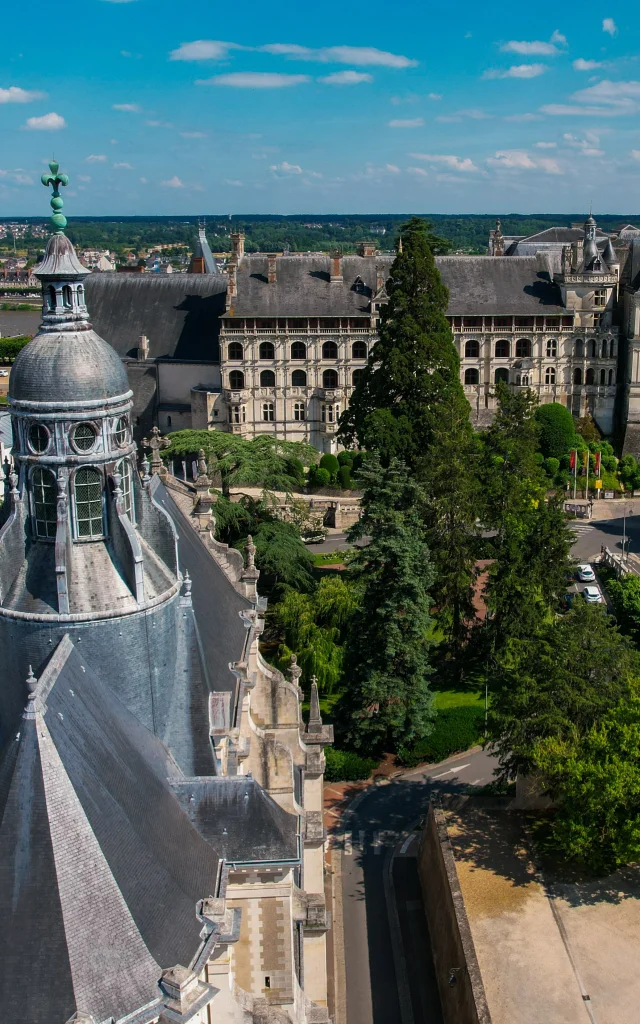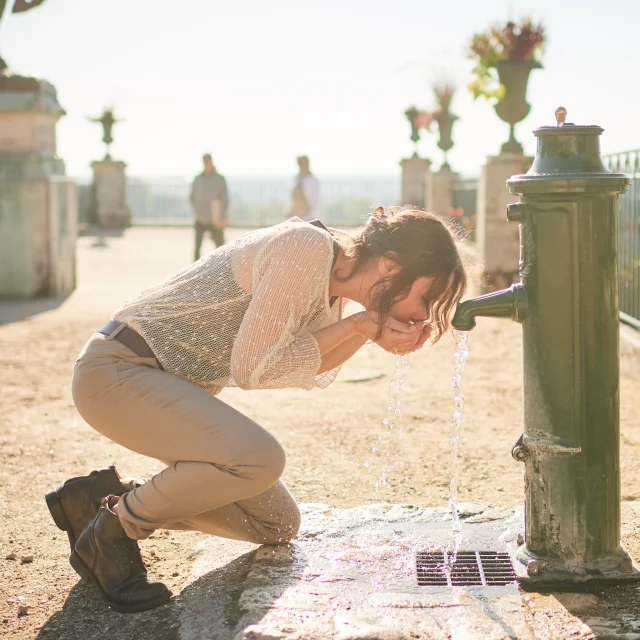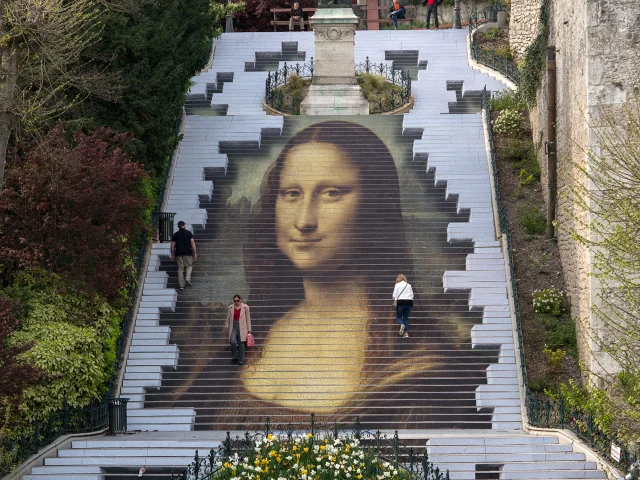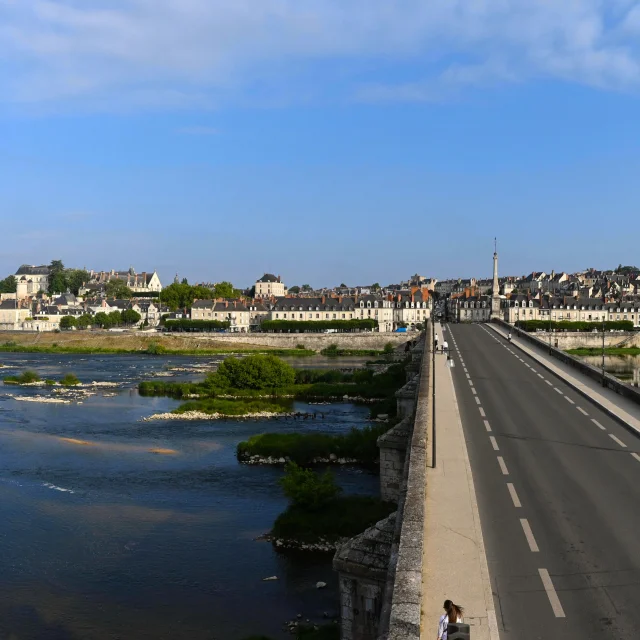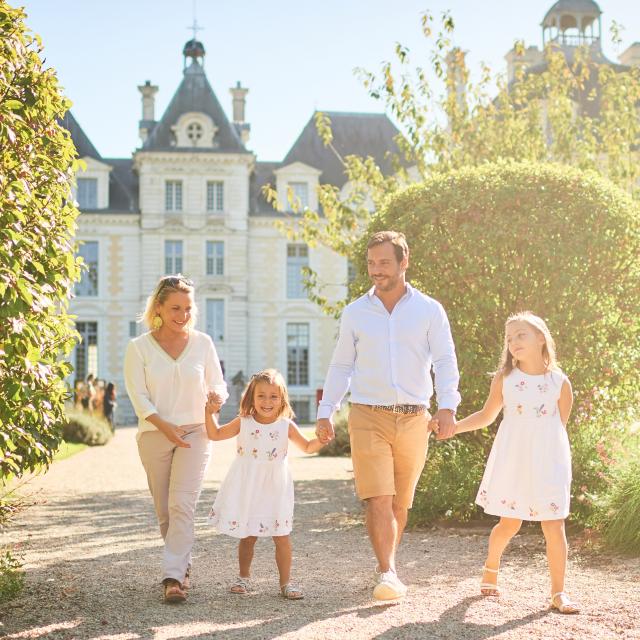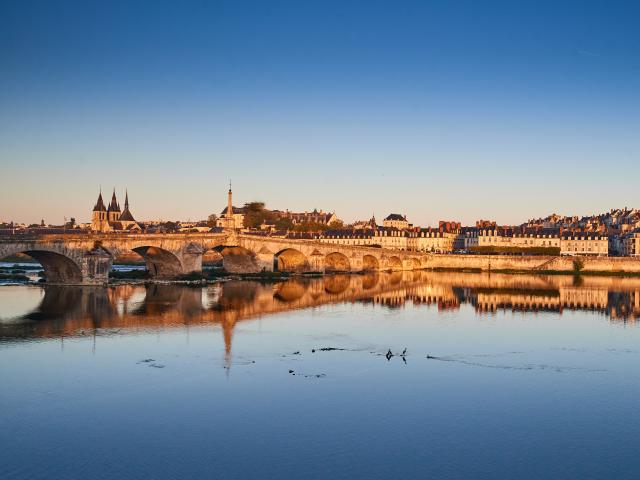 Blois
Blois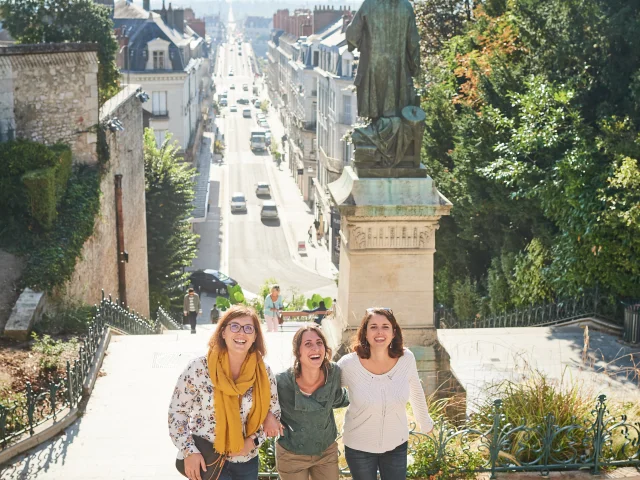 180928 Rcp Chateaux Benjaminbrolet 0344
180928 Rcp Chateaux Benjaminbrolet 0344Blois through the centuries
Blois has benefited from its proximity to the Loire since the Middle Ages. It was then a fortified town that prospered thanks to the river trade in wine and brandy. At the dawn of the Renaissance, the town experienced spectacular growth when Louis XII decided, in 1498, to make it the political capital of the kingdom. He established his court in the family castle, built on the rocky spur overlooking the town.
At a time of economic ferment and artistic creation, the city’s medieval traditions were turned on their head to accommodate ministers and courtiers. Timber-framed houses, of which there are still some magnificent examples, such as the Maison des Acrobates, were gradually replaced by mansions with richly sculpted brick and stone decor.

